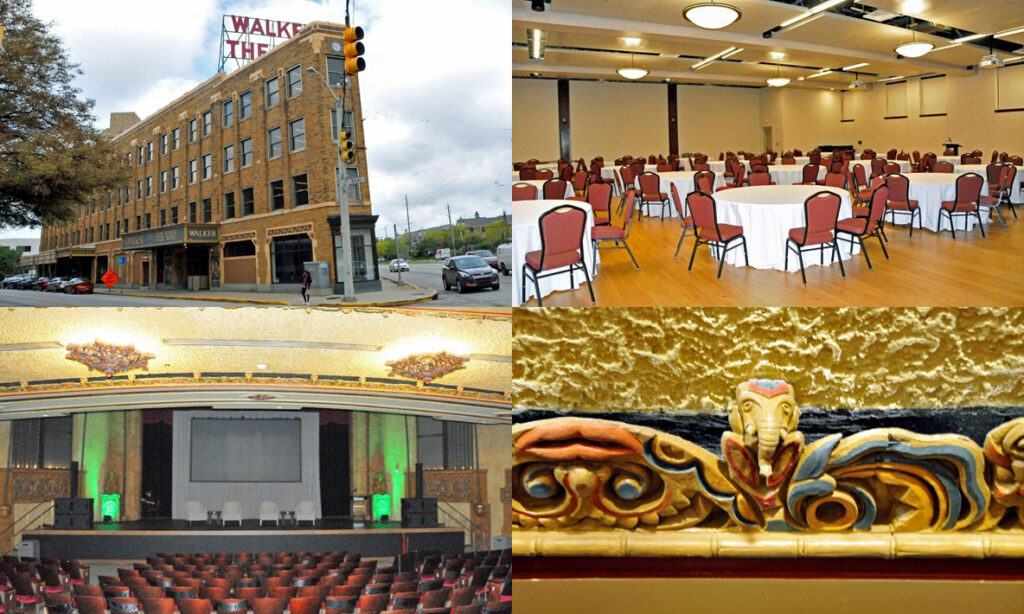Madam C. J. Walker was born Sarah Breedlove in 1867 on a Louisiana plantation where, until just before, her parents were enslaved. In about 1905, in response to her own hair problems, she invented and then sold haircare products for African American women. After marrying Charles Joseph Walker in Denver in 1906, uniformed “Walker Agents” began selling her products throughout the United States. In 1910, she moved the headquarters of the Madam C. J. Walker Manufacturing Company to 640 North West Street in Indianapolis. In 1914, during a visit to Indianapolis from her home in New York, a downtown movie theater attempted to charge her a ten cent “black tax.” She reportedly decided on the spot to establish her own theater and purchased a lot along Indiana Avenue, the center of African American culture. Madam Walker, famous as an entrepreneur, philanthropist and anti-lynching activist, died in 1919, America’s first self-made female millionaire.
Walker’s daughter A’Lelia took over the company and engaged Rubish & Hunter, renowned Indianapolis architects, to design a building for the still-vacant triangular-shaped Indiana Avenue lot. When completed in 1927, the four-story brick building included a factory, offices, a drug store, the Coffee Pot Restaurant, a ballroom and a 1500-seat Art Deco theater, featuring Egyptian sphinxes flanking the stage, an ornate lobby and colorful African-themed terra cotta. The Walker Building, named a National Historic Landmark in 1991, became the hub of African American life in Indianapolis, but went into decline, along with the rest of Indiana Avenue, in the 1950s. A recent renovation and reimagining, supported with $15.3 million from Lilly Endowment, has resulted in the renamed “Madam Walker Legacy Center,” including facilities for community events, a meticulously restored 849-seat theater, offices for IUPUI, and a street side Coffee Pot Lounge. One of the most culturally significant buildings in Indiana deserves your attention.
